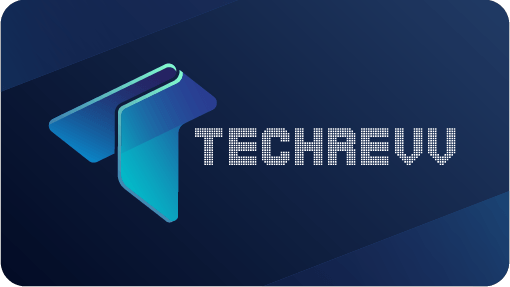Vectors, often perceived as abstract mathematical entities, are versatile tools applicable across various domains, from physics to data science. For beginners, understanding and using vectors can be a gateway to solving complex problems and gaining insights in different fields. In this blog, we will provide a step-by-step guide tailored for beginners on how to use vectors effectively and confidently.
Step 1: Grasping the Basics
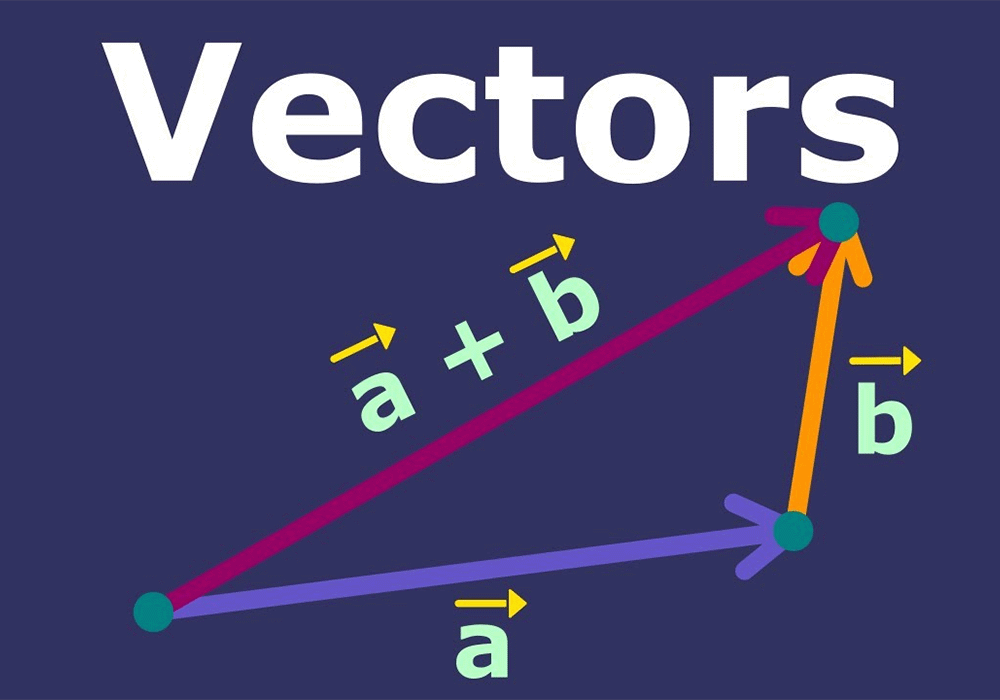
Begin with the fundamentals. Understand that a vector has both magnitude and direction. Familiarize yourself with vector notation, which may look like (a, b) or i + j. Learn basic operations like addition, subtraction, and scalar multiplication. Visualization aids, such as arrows or coordinate systems, can make grasping these concepts easier.
Step 2: Representing Data in Vector Form
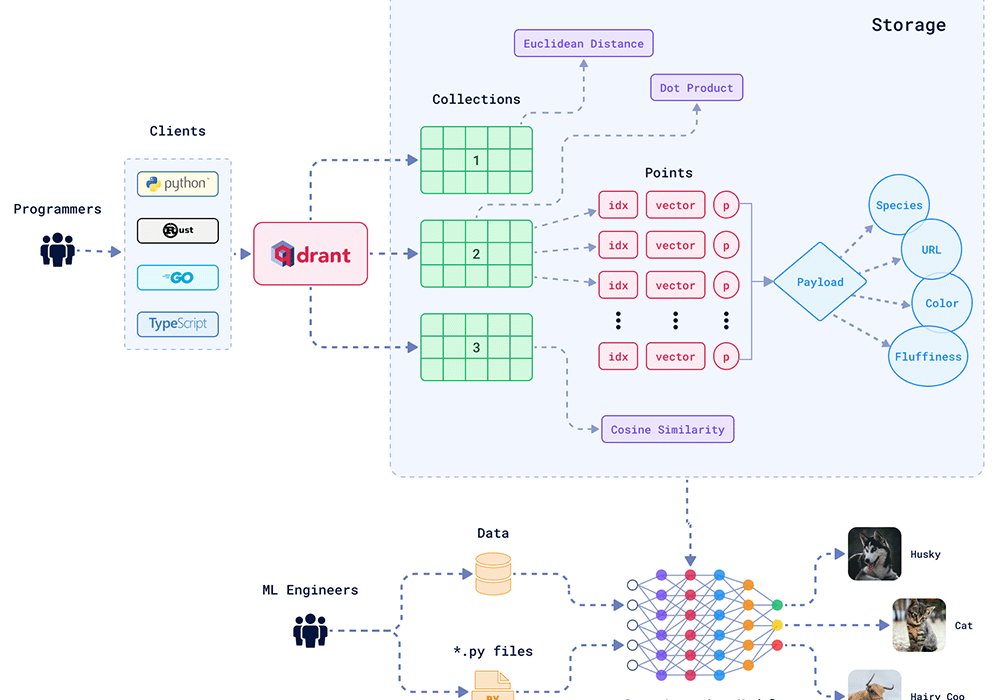
Explore how to represent different types of data as vectors. Whether it's numerical data, text, or categorical information, understanding how to convert data into vector form is crucial. This step lays the foundation for applying vectors in various applications.
Step 3: Performing Basic Vector Operations
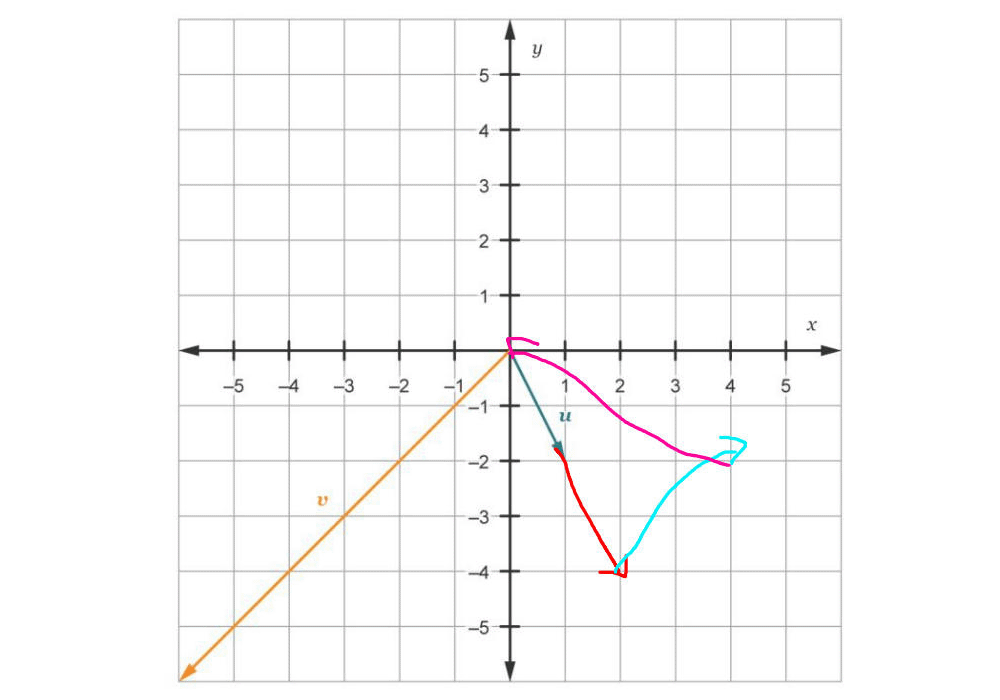
Practice basic vector operations like addition, subtraction, and scalar multiplication. These operations form the building blocks for more advanced applications. Understanding these operations is akin to learning the alphabet before constructing sentences.
Step 4: Applying Vectors in Everyday Problems
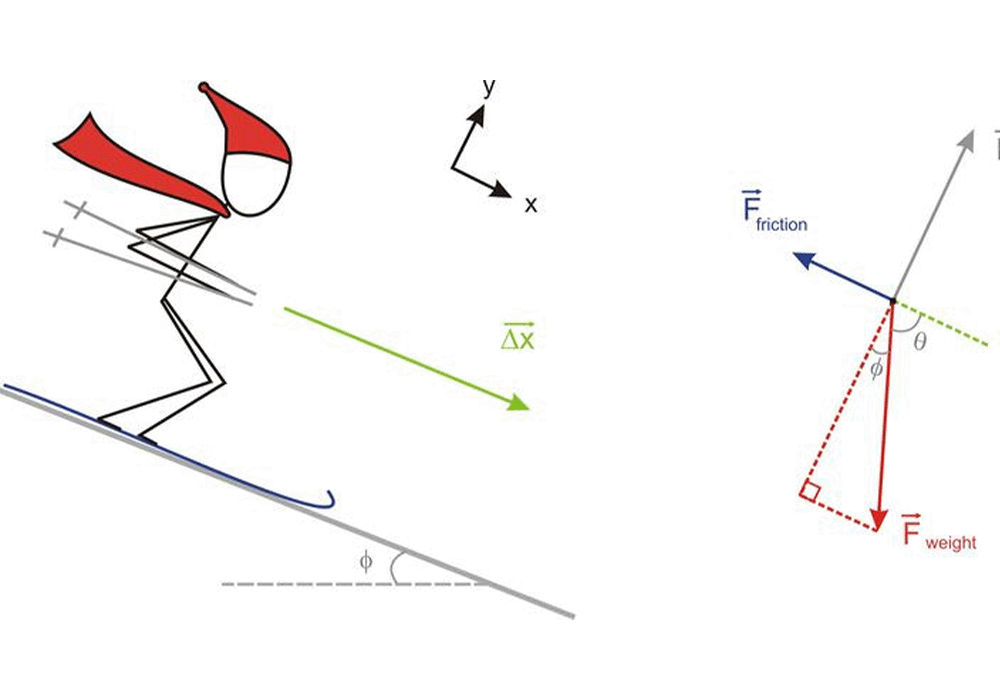
Start applying vectors to real-world problems. Consider simple physics scenarios, like calculating displacement or velocity using vectors. This step helps bridge the gap between theoretical understanding and practical application, reinforcing your learning.
Step 5: Introduction to Geometry and Spatial Analysis

Delve into how vectors are used in geometry. Understand how vectors represent points, lines, and shapes. Explore spatial relationships and geometric transformations. Visualizing vectors in a geometric context enhances comprehension and facilitates problem-solving.
Step 6: Incorporating Vectors in Computer Science
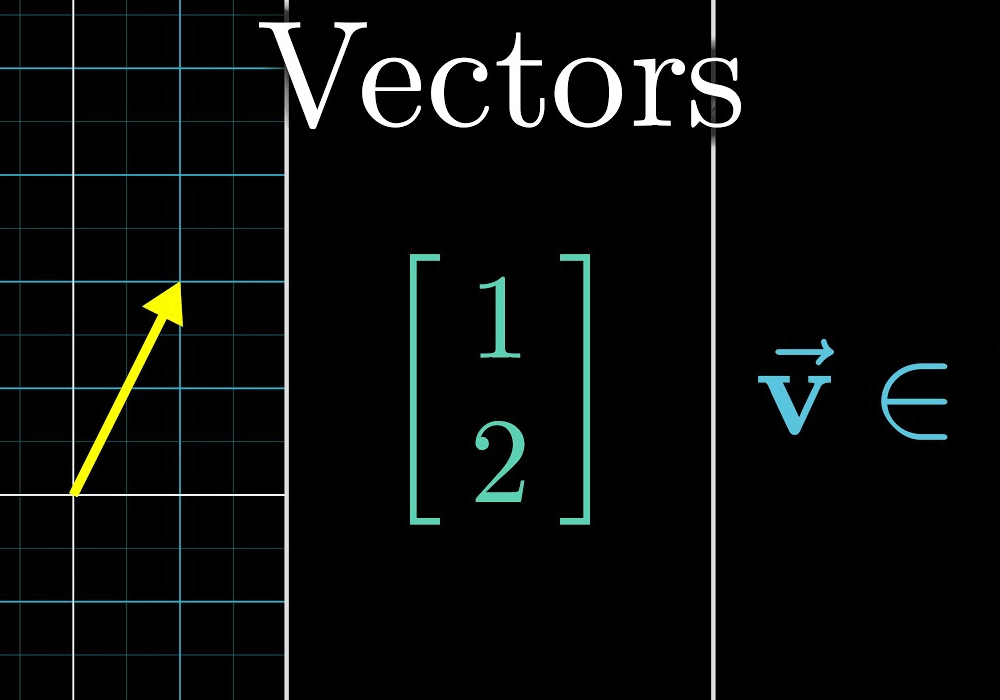
Recognize the role of vectors in computer science and programming. Learn how to manipulate vectors in your chosen programming language. Understand the importance of vectors in tasks like data processing, image manipulation, and algorithms.
Step 7: Explore Machine Learning Applications
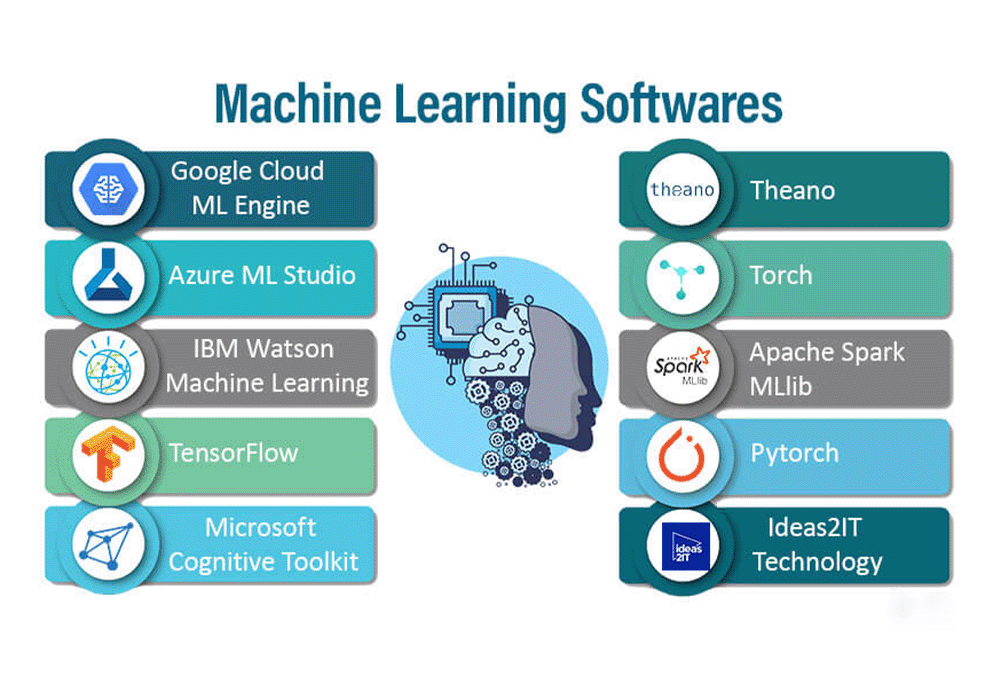
As you progress, explore how vectors are employed in machine learning. Grasp the concept of feature vectors and their role in representing data for machine learning models. Familiarize yourself with vector-based techniques used in classification, regression, and clustering.
Step 8: Collaborate and Communicate with Vectors

Understand that vectors serve as a universal language, especially in collaborative projects. Learn how to communicate ideas and data effectively using vectors, enhancing your ability to work with diverse teams.
Step 9: Continuous Learning and Application
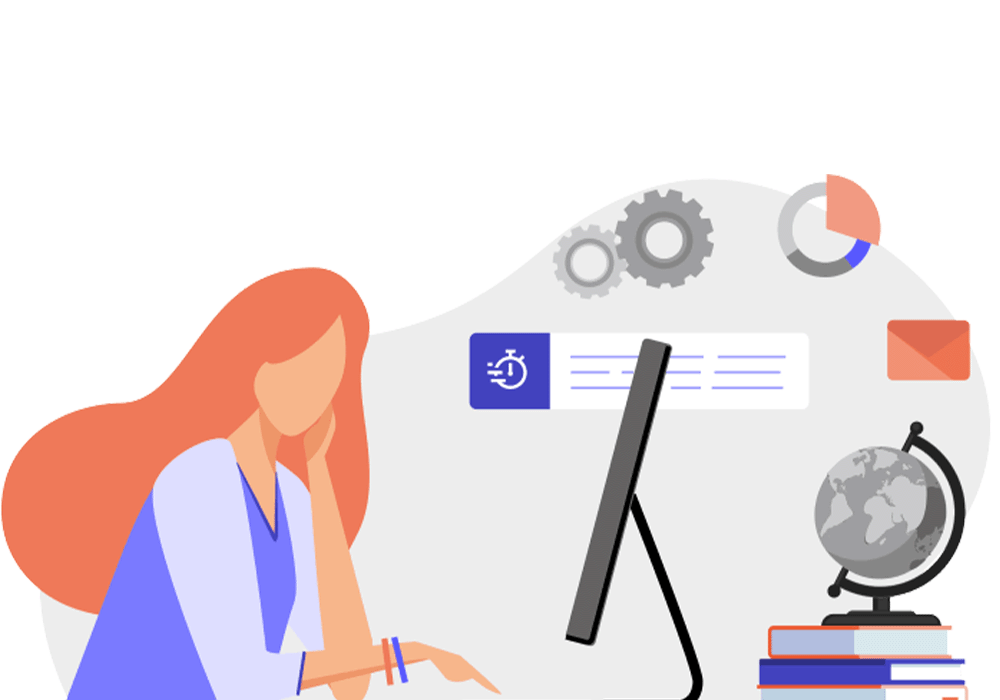
The journey with vectors is ongoing. Dive into advanced topics like vector calculus and eigenvalues as you become more comfortable. Apply your knowledge consistently to real-world problems to reinforce your skills.
Conclusion:
Embarking on the journey to master vectors as a beginner may seem challenging, but with a structured approach, it becomes an exciting exploration of mathematical concepts with tangible applications. Remember, each step builds upon the last, and continuous practice is key to transforming from a beginner to a proficient user of vectors. Happy learning!
